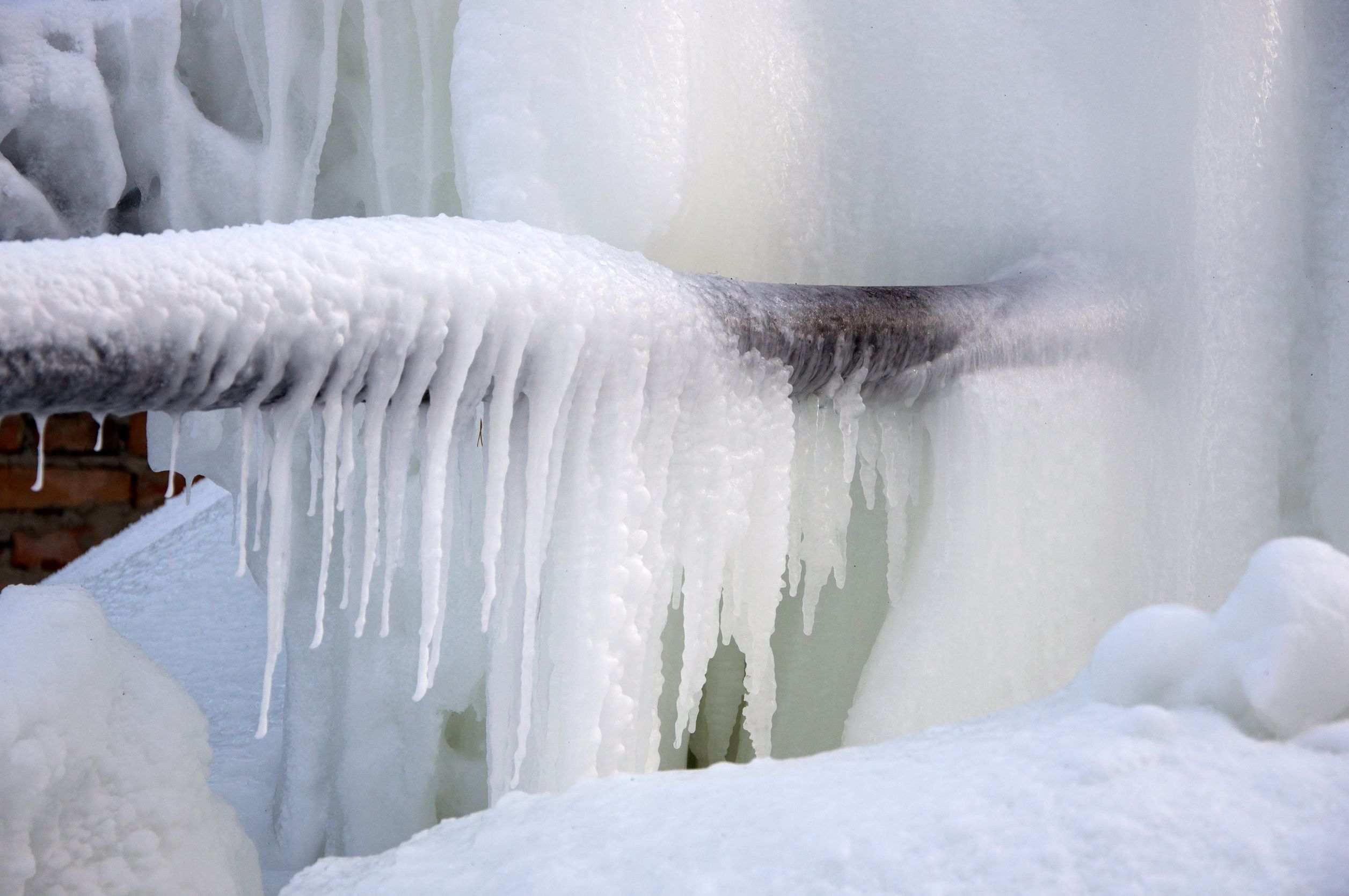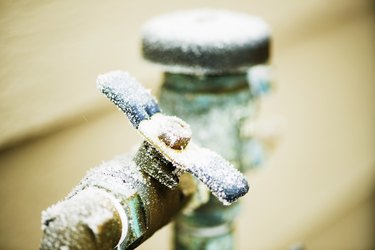What're your ideas regarding How To Avoid Freezing Pipes?

Winter can wreak havoc on your pipes, particularly by freezing pipelines. Below's just how to avoid it from taking place and what to do if it does.
Introduction
As temperature levels decline, the risk of frozen pipelines increases, potentially bring about expensive repair work and water damages. Comprehending how to stop frozen pipelines is important for homeowners in chilly environments.
Prevention Tips
Shielding susceptible pipelines
Cover pipes in insulation sleeves or utilize warmth tape to safeguard them from freezing temperature levels. Concentrate on pipes in unheated or outside locations of the home.
Home heating techniques
Keep interior areas adequately heated, particularly locations with pipes. Open up closet doors to enable cozy air to circulate around pipes under sinks.
Exactly how to recognize icy pipes
Seek lowered water flow from faucets, uncommon smells or noises from pipelines, and noticeable frost on exposed pipes.
Long-Term Solutions
Structural adjustments
Consider rerouting pipelines away from exterior wall surfaces or unheated areas. Include extra insulation to attic rooms, basements, and crawl spaces.
Updating insulation
Invest in high-quality insulation for pipelines, attic rooms, and wall surfaces. Proper insulation aids preserve consistent temperature levels and decreases the threat of icy pipes.
Securing Outdoor Plumbing
Garden hoses and outside faucets
Disconnect and drain yard tubes prior to winter months. Set up frost-proof spigots or cover exterior faucets with insulated caps.
Recognizing Frozen Pipelines
What causes pipelines to freeze?
Pipelines freeze when subjected to temperatures listed below 32 ° F (0 ° C) for extended periods. As water inside the pipelines freezes, it broadens, taxing the pipe wall surfaces and possibly causing them to rupture.
Threats and damages
Frozen pipelines can bring about supply of water interruptions, residential property damages, and costly repair services. Ruptured pipelines can flood homes and create substantial architectural damage.
Indications of Frozen Piping
Recognizing icy pipelines early can prevent them from bursting.
What to Do If Your Pipelines Freeze
Immediate actions to take
If you think icy pipes, keep taps open to alleviate stress as the ice melts. Make use of a hairdryer or towels soaked in warm water to thaw pipes gradually.
Final thought
Preventing icy pipelines needs aggressive steps and fast reactions. By recognizing the causes, indications, and safety nets, homeowners can protect their plumbing during cold weather.
6 Proven Ways to Prevent Frozen Pipes and Protect Your Home
Disconnect and Drain Garden Hoses
Before winter arrives, start by disconnecting your garden hoses and draining any remaining water. Close the shut-off valves that supply outdoor hose bibs and leave the outdoor faucet open to allow any residual water to drain. For extra protection, consider using faucet covers throughout the colder months. It’s also important to drain water from any sprinkler supply lines following the manufacturer’s directions.
Insulate Exposed Pipes
Insulating your pipes is an effective way to prevent freezing. Pipe insulation is readily available at home improvement stores and is relatively inexpensive. Pay close attention to pipes in unheated areas such as the attic, basement, crawl spaces, or garage. Apply foam insulation generously to create a buffer against the cold. You can also wrap your pipes in heat tape or thermostat-controlled heat cables for added warmth.
Seal Air Leaks
Inspect your home for any cracks or openings that could let in cold air. Seal any holes around the piping in interior or exterior walls, as well as the sill plates where your home rests on its foundation. Additionally, make sure to keep your garage door closed unless you’re entering or exiting. Leaving it open creates a significant air leak that can lead to frozen pipes.
Allow Warm Air Circulation
During cold snaps, it’s essential to allow warm air to circulate evenly throughout your home. Leave interior doors ajar to promote better airflow. Open kitchen and bathroom cabinets to help distribute heat consistently around the rooms. If you have small children or pets, be sure to remove any household chemicals or potentially harmful cleaners from open cabinets for safety.
Let Faucets Drip
A small trickle of water can make a big difference in preventing ice formation inside your pipes. When temperatures drop significantly, start a drip of water from all faucets served by exposed pipes. This continuous flow helps prevent the water from freezing. Additionally, running a few faucets slightly can relieve pressure inside the pipes, reducing the chances of a rupture if the water inside does freeze.
https://choateshvac.com/6-proven-ways-to-prevent-frozen-pipes-and-protect-your-home/

I stumbled upon that article on How To Avoid Freezing Pipes while doing a search on the internet. Liked our article? Please share it. Let someone else check it out. We thank you for your readership.
Click For More Information